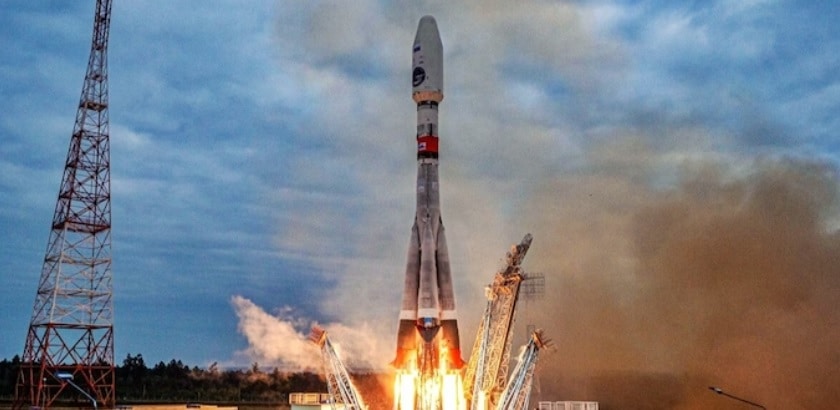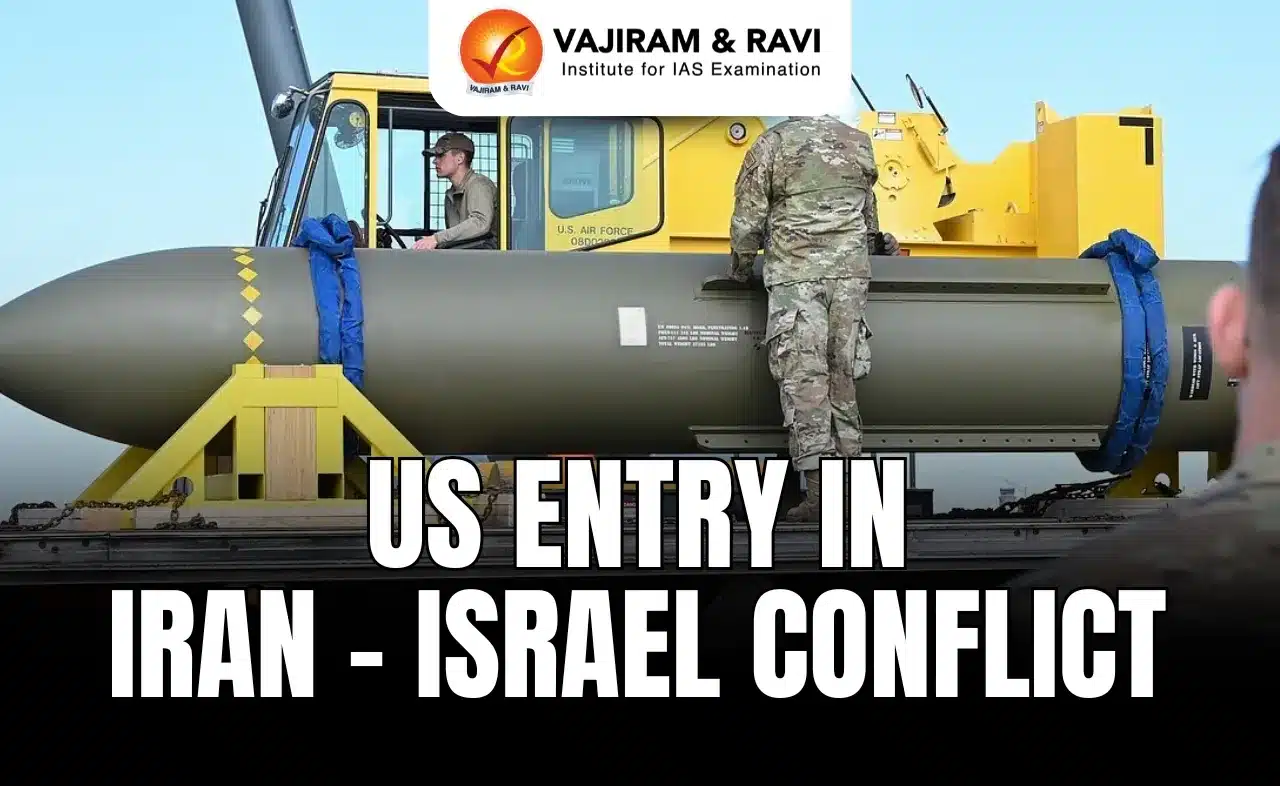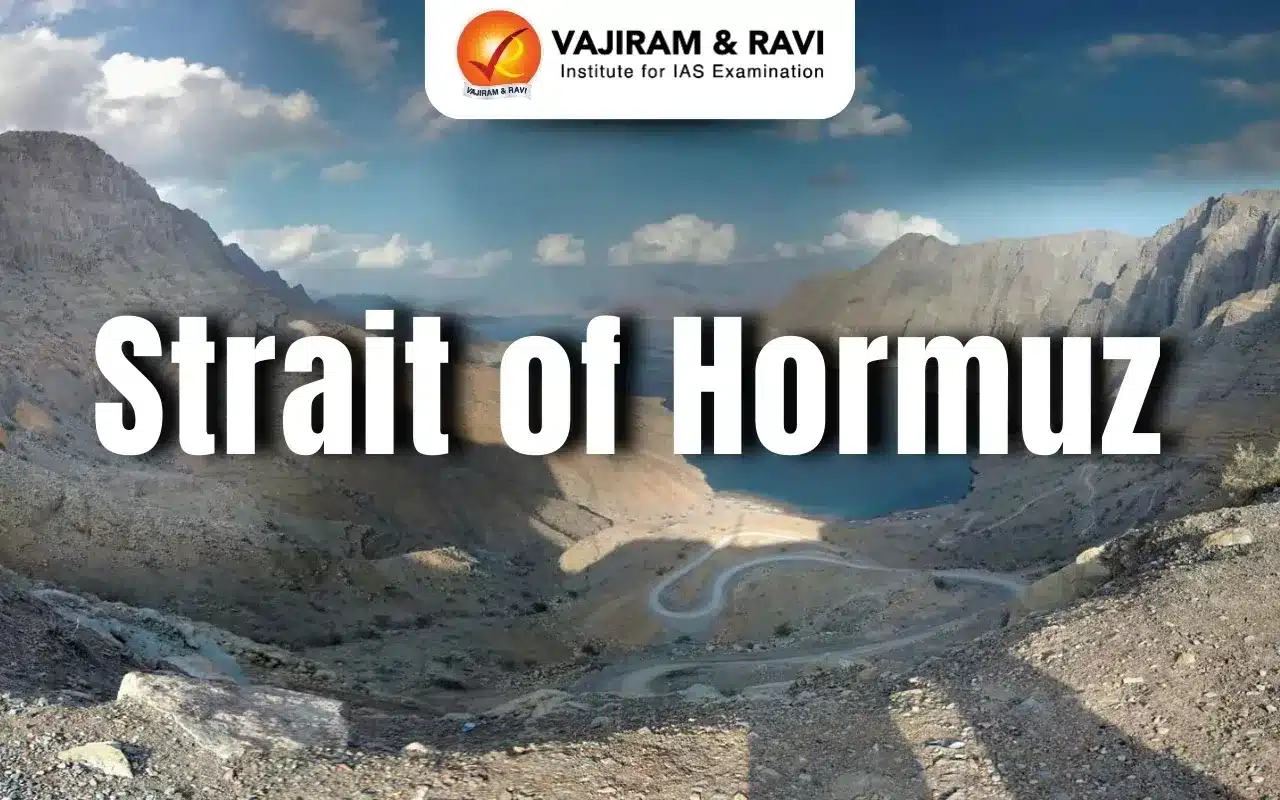What’s in today’s article?
- Why in news?
- What is Luna-25?
- Why is Russia reaching the moon earlier than India?
- How do the two missions differ?
- Is India also in the race to land humans on moon?
- How have India and Russia collaborated on moon missions and other space activities?
Why in news?
- Recently, Russia launched its first moon-landing spacecraft in 47 years in a bid to be the first nation to make a soft landing on the lunar south pole.
- The Russian lunar mission, Luna-25, the first since 1976, is racing against India, which launched its Chandrayaan-3 lunar lander last month.
What is Luna-25?
- A Soyuz 2.1v rocket carrying the Luna-25 craft blasted off from the Vostochny cosmodrome, 5,550 kilometers east of Moscow, on August 11.
- As per Russia’s Space chief, the lander is expected to touch down on the moon on August 21.
- India’s mission to the moon cannot land before August 23, when it will be lunar dawn at the landing site.
- Luna-25, roughly the size of a small car, will aim to operate for a year on the moon’s south pole.
Why is Russia reaching the moon earlier than India?
- Luna-25 was launched aboard its Soyuz rocket almost a month after the launch of Chandrayaan-3 (on July 14). However, it will cover the 3.84-lakh-km journey within days.
- This is because the Russian mission was able to follow a more direct trajectory towards the moon, owing to its lighter payload and more fuel storage.
- The lift-off mass for Luna 25 is just 1,750 kg as compared with the 3,900 kg of Chandrayaan-3.
- To make up for the lower fuel reserve available on the LVM3 vehicle that launched India’s mission, a more circuitous route was taken.
- After being launched around the Earth, the orbit of the spacecraft was increased in a series of manoeuvres to help it gain velocity.
- The spacecraft was then slingshot towards the moon, reaching the lunar orbit nearly 22 days after it was launched.
- Another reason Luna-25 can land a couple of days before India is because lunar dawn at its landing site will happen earlier.
- One lunar day is equal to 14 Earth days. With the payloads being powered by solar panels, landing at the beginning of a lunar day ensures that the experiments get the full 14 earth days.
How do LUNA 25 and Chandrayaan 3 differ?
·
Image caption: Race to moon – India Vs Russia
- Rover
- Apart from being lighter than the Indian mission, Luna-25 does not carry a rover. Chandrayaan-3 has a rover capable of moving around 500 metres.
- Scientific study
- The Russian lander has eight payloads mainly to study the soil composition, dust particles in the polar exosphere, and most importantly, detect surface water.
- The Indian mission also has scientific instruments to study the lunar soil as well as water-ice.
- The location near the southern pole was chosen because of the presence of craters that remain in permanent shadow, increasing the likelihood of finding water-ice.
- Mission duration
- The India mission is built to last only one lunar day or 14 earth days.
- This is because it does not have a heating mechanism to keep the electronics safe from the extreme cold temperatures during the lunar night.
- The Russian mission, on the other hand, will work for a year, meaning it has heating mechanism as well as a power source other than just solar panels.
Is India also in the race to land humans on moon?
- It was the discovery of water molecules by India’s Chandrayaan-1 mission in 2008 that has propelled another race to the moon.
- The United States and China now have plans to take humans to moon again; a first after the cold war era.
- To date, only 12 men aboard US’ Apollo Missions have set foot on the lunar surface.
- India with its limited resources has been able to catch up with countries with more advanced and older space agencies.
- However, there is still a long way to go before humans can be sent to the moon.
- India is yet to announce a sample return mission, although planning for a fourth mission to moon with Japan as a partner is underway.
- A sample return mission refers to a space mission that is designed to land on the Moon, collect samples of lunar material and then return those samples to Earth for scientific analysis.
- India needs to first achieve human spaceflight before sending astronauts to the moon.
- There is a need for the space agency to develop heavier launch vehicles.
- Currently, our heaviest launch vehicle has the capability of carrying only 4 tonnes of satellites to the geostationary Transfer Orbit.”
- In comparison, SpaceX’ Falcon 9 can carry over 26 tonnes.
- India is yet to announce a sample return mission, although planning for a fourth mission to moon with Japan as a partner is underway.
How have India and Russia collaborated on moon missions and other space activities?
- India and Russia have been long-time collaborators, especially when it comes to space activities.
- Russia was initially supposed to design the lander-rover for India’s Chandrayaan-2 mission. However, it withdrew after the failure of its Fobos Grunt mission to one of Mars’ moons.
- This then prompted India to develop the lander-rover independently.
- This is the reason there is a gap of 11 years between the Chandrayaan-1 and Chandrayaan-2 missions.
- Also, the predecessors of the LVM3 that launched Chandrayaan-3 were based on cryogenic engines sold to India by Russia.
- India later developed the technology on its own.
Q1) What is geostationary Transfer Orbit?
A Geostationary Transfer Orbit (GTO) is a specific type of orbit used in space missions to place satellites into geostationary orbits around the Earth. Geostationary orbits are special because they allow satellites to appear stationary relative to a specific point on the Earth’s surface. This is achieved when the satellite’s orbital period matches the Earth’s rotation period, which is approximately 24 hours.
Q2) What was Fobos Grunt mission?
The Phobos-Grunt mission was a Russian space mission intended to study the Martian moon Phobos. “Phobos-Grunt” translates to “Phobos Soil” in English, indicating the mission’s main objective: to collect soil samples from the surface of Phobos and return them to Earth. The mission also aimed to study Mars and its atmosphere, as well as perform other scientific investigations during its journey. The Phobos-Grunt spacecraft was launched on November 8, 2011, aboard a Zenit-2SB rocket from the Baikonur Cosmodrome in Kazakhstan. However, the mission faced a series of technical issues shortly after launch. The spacecraft was intended to perform several engine burns to leave Earth’s orbit, travel to Mars, and ultimately reach Phobos. However, the spacecraft’s main propulsion system failed to fire as planned, leaving it stranded in low Earth orbit.
Source: Russia’s Luna 25 could land on the moon days before Chandrayaan-3: How the two missions compare | India Today
Last updated on June, 2025
→ UPSC Notification 2025 was released on 22nd January 2025.
→ UPSC Prelims Result 2025 is out now for the CSE held on 25 May 2025.
→ UPSC Prelims Question Paper 2025 and Unofficial Prelims Answer Key 2025 are available now.
→ UPSC Calendar 2026 is released on 15th May, 2025.
→ The UPSC Vacancy 2025 were released 1129, out of which 979 were for UPSC CSE and remaining 150 are for UPSC IFoS.
→ UPSC Mains 2025 will be conducted on 22nd August 2025.
→ UPSC Prelims 2026 will be conducted on 24th May, 2026 & UPSC Mains 2026 will be conducted on 21st August 2026.
→ The UPSC Selection Process is of 3 stages-Prelims, Mains and Interview.
→ UPSC Result 2024 is released with latest UPSC Marksheet 2024. Check Now!
→ UPSC Toppers List 2024 is released now. Shakti Dubey is UPSC AIR 1 2024 Topper.
→ Also check Best IAS Coaching in Delhi
























